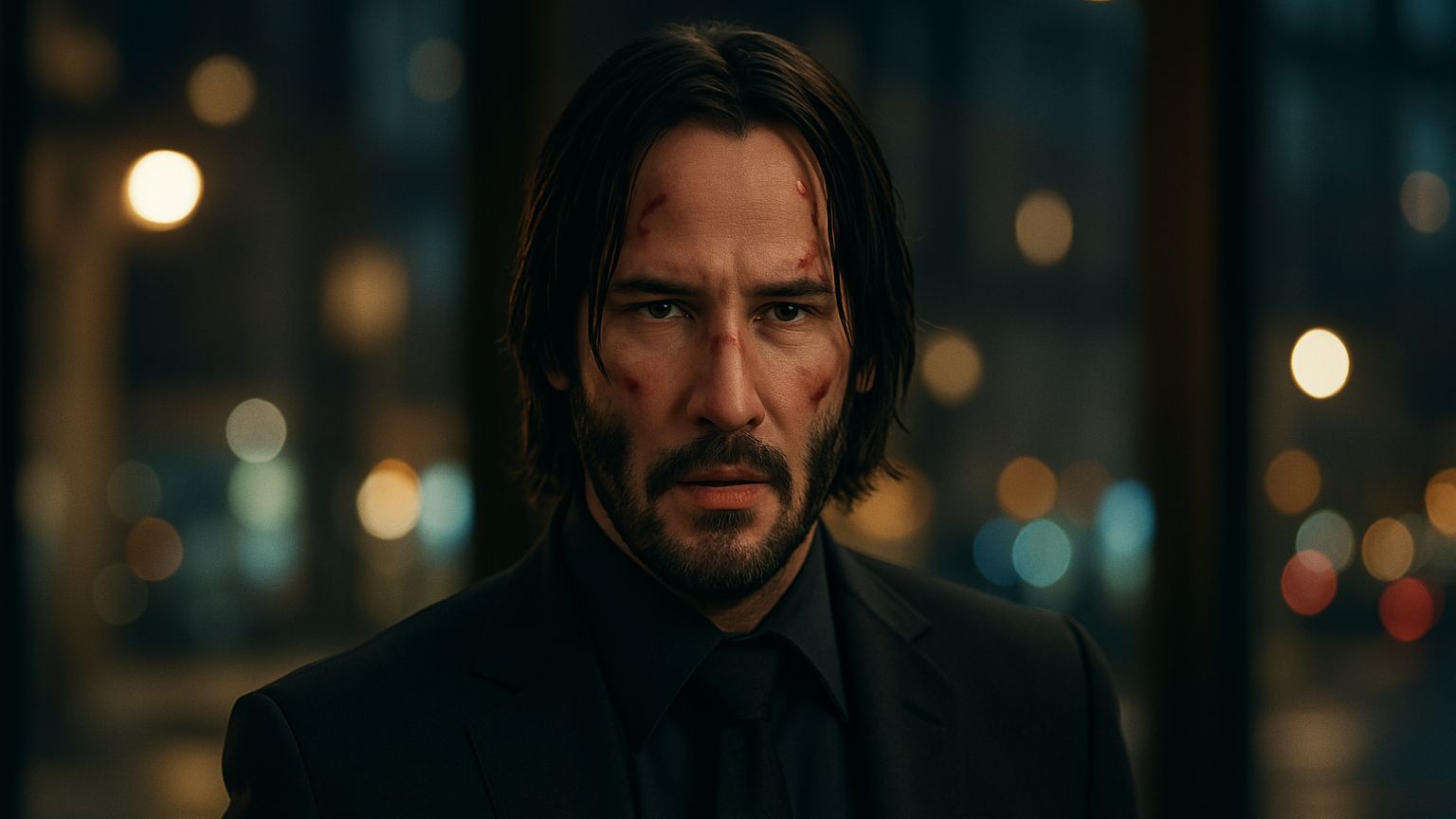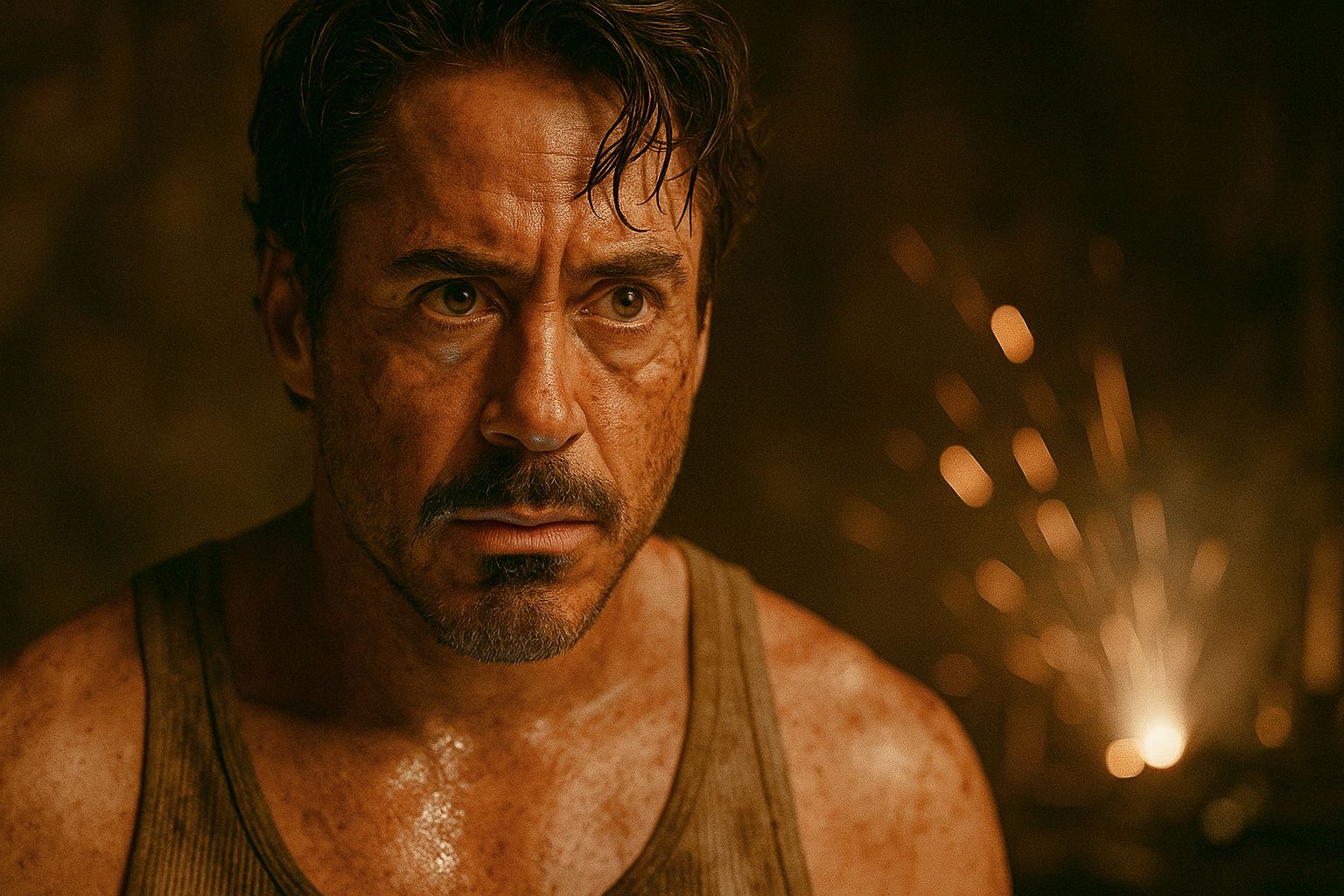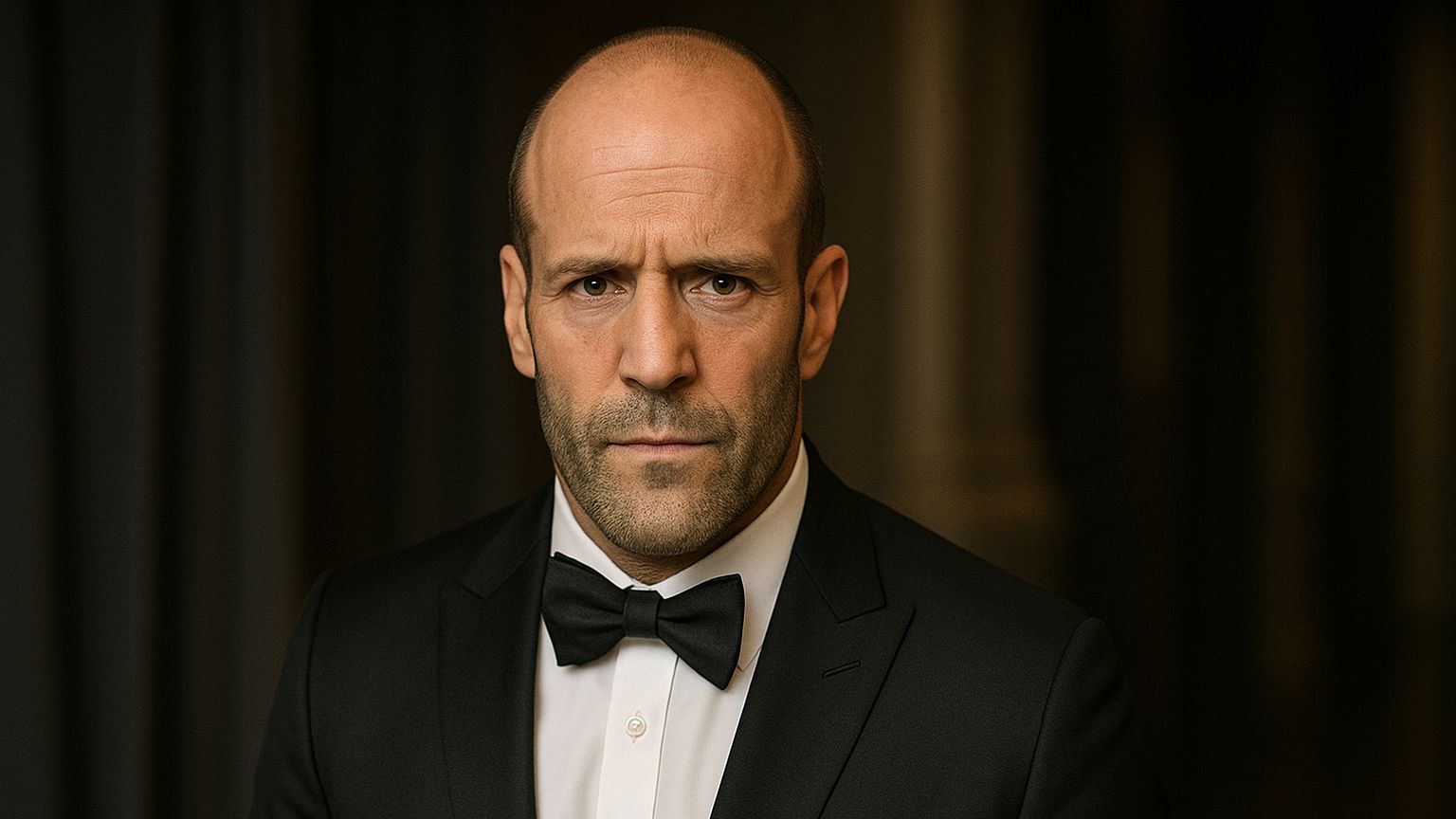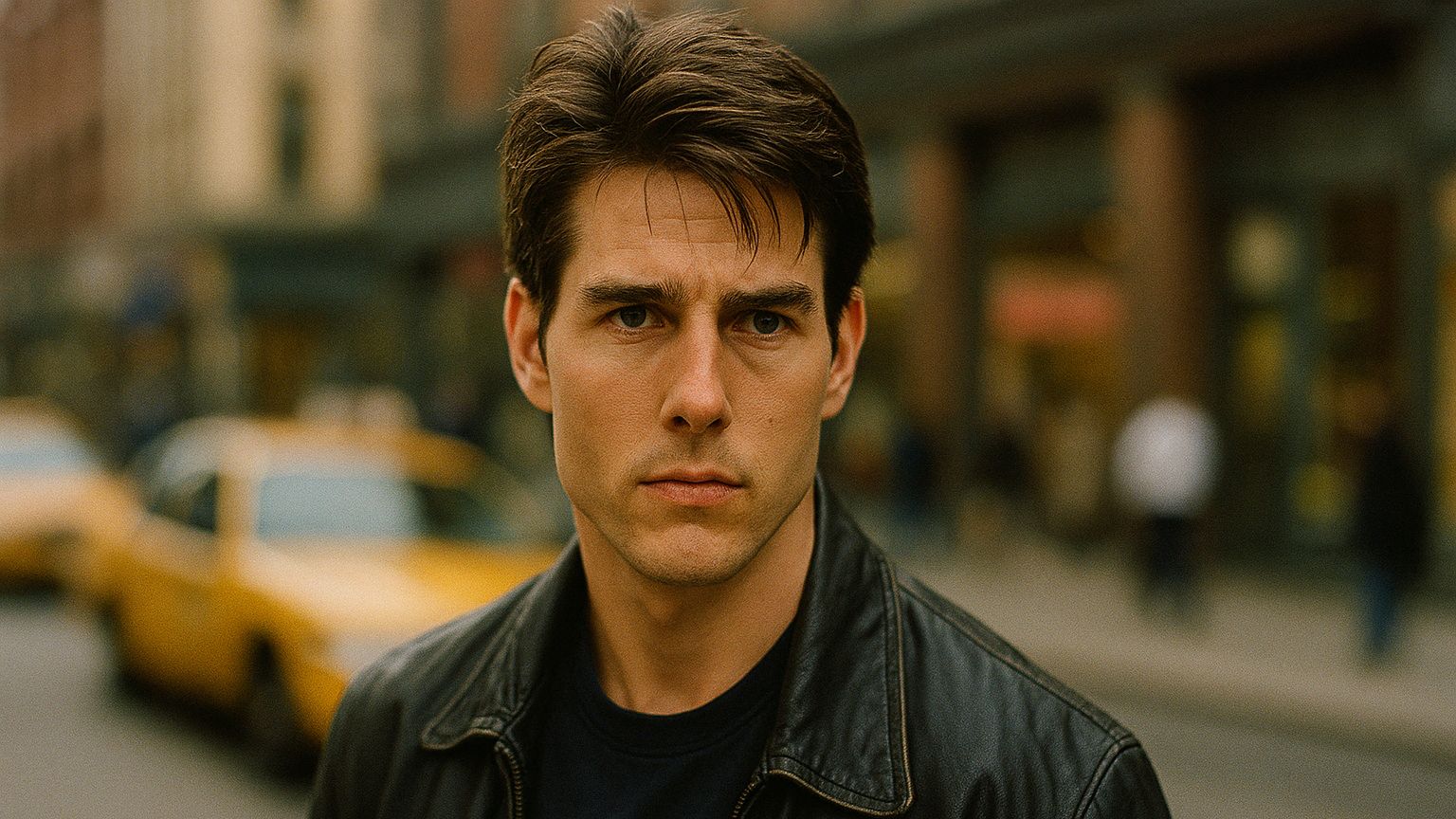Few action franchises in recent memory have delivered the kind of relentless precision, world-building intrigue, and sheer cinematic spectacle that the John Wick series has. From its humble beginnings as a stylish revenge thriller to an international phenomenon redefining modern action choreography, the saga of the Baba Yaga has given fans a front-row seat to some of the most breath-stealing moments in movie history. John Wick isn’t just a man with a gun—he’s a myth wrapped in a tailored suit; a legend forged in blood, grief, and bullets. Each entry in this list captures a scene so intense, inventive, or emotionally charged that we couldn’t help but gasp. These aren’t just shootouts—they’re symphonies of chaos and grace. Let’s count down the top 10 moments that left us stunned, starting with an explosive beginning.
#10: The Red Circle Club Shootout
If John Wick had only been a sleek, stylish revenge film with a killer premise and a heartbroken hitman, it still would’ve made waves. But the moment that really set the franchise apart and made audiences collectively sit forward in their seats came in the form of the Red Circle Club shootout. Taking place roughly midway through the first film, this sequence is a visual and sonic ballet of bullets, blood, and blue-neon lighting, showcasing everything that would go on to define the series. As Wick hunts down Iosef Tarasov in the popular underground nightclub, what begins as a stealthy infiltration quickly descends into all-out chaos.
What makes this scene particularly unforgettable is the way it unfolds across multiple levels of the club—bathrooms, corridors, dance floors—without ever losing momentum. It’s a showcase of kinetic cinematography, long takes, and brutal realism in the choreography. No fancy editing to hide the action here—Keanu Reeves trained extensively in gun-fu and judo, and his movements reflect that dedication. Wick doesn’t just shoot to kill; he moves with purpose, clearing rooms with lethal precision, reloading mid-run, and dispatching enemies with the smooth efficiency of a man who’s been in the game for far too long.
And let’s talk about the music. Le Castle Vania’s “LED Spirals” kicks in with a pulsing rhythm that matches every shot fired and everybody that hits the ground. It’s almost hypnotic. The moment when John emerges from the steamy shadows, soaking wet, wounded, but still determined, is a perfect visual encapsulation of who he is—a ghost in the night with a score to settle.
Behind the scenes, this moment marked the emergence of directors Chad Stahelski and David Leitch as action maestros. They approached the choreography like dance, giving each movement a sense of flow and urgency. This wasn’t just about body count; it was about character. John Wick is never without emotion—he’s just buried it beneath years of trauma and professionalism. And here, as he pursues the son of the man who stole his peace, we feel that simmering rage in every motion.
This shootout didn’t just raise the bar—it shattered it. It told audiences that John Wick wasn’t going to be just another action flick. It was going to be an experience. A moment like the Red Circle Club scene is why we go to the movies in the first place—to be floored, to be wowed, and to believe, if only for a second, that vengeance can be art.
#9: The Horse Stable Escape
John Wick: Chapter 3 – Parabellum wastes no time throwing audiences headfirst into madness. Picking up mere minutes after the events of Chapter 2, John is declared “excommunicado,” with a $14 million bounty on his head and every assassin in New York gunning for him. But while fans expected guns, knives, and tactical takedowns, they were probably not prepared for one of the film’s wildest and most breath-stealing set pieces: the horse stable escape. This moment reminded everyone that the John Wick franchise isn’t just about shooting—it’s about pushing the boundaries of what action cinema can be.
Desperate and wounded, John flees into a stable, hoping to gain a few precious seconds of safety. But of course, the hitmen follow. What happens next is part Western, part martial arts film, and 100% jaw-dropping. John uses his environment not just as cover, but as weaponry. And that includes the horses. At one point, he smacks a horse’s flank at just the right moment, causing it to kick an enemy square in the face. If you didn’t yell “WHOA!” in the theater when that happened, you may need to check your pulse. That precise blend of absurdity and ingenuity is what defines the Wick experience.
What’s wild is how natural the moment feels. It never comes off as slapstick or gimmicky. Instead, the direction and Keanu’s commitment to the realism make it visceral. You feel the thunder of the hooves, the sweat glistening off John’s forehead, and the chaos of the enclosed space where every second counts. And then, just when you think the scene is winding down, John mounts the horse. That’s right—he rides off into New York traffic, exchanging gunfire with motorcyclists while galloping through the city streets like he’s stepped out of a postmodern Clint Eastwood fever dream.
Keanu Reeves trained with equestrian stunt coordinators to make this sequence believable, and the commitment shows. What could’ve been cartoonish becomes symphonic, thanks to Chad Stahelski’s eye for detail and rhythm. Every beat, from hoof to gunshot, is orchestrated to create awe. And that’s the magic of John Wick—it finds action in the unexpected. A horse isn’t just a mode of escape here. It’s a partner in battle. And while we’ve seen car chases and foot pursuits, a horseback chases down asphalt is something you don’t forget.
More than just another action moment, the horse stable scene is symbolic of how far John has come—and how much further he’s willing to go. Even cornered, bleeding, and alone, he doesn’t retreat. He adapts. That adaptability is part of what makes him so dangerous—and so compelling. He never looks for the easy way out. He finds a way out. And in doing so, he reminds us that innovation isn’t just about having the most firepower—it’s about using every ounce of your environment, instincts, and willpower to survive.
This scene isn’t just over-the-top fun—it’s a cinematic dare. A declaration that John Wick isn’t afraid to gallop into madness and come out with guns blazing. And we, as the audience, are lucky to ride along.
#8: The Knife Museum Fight
If you ever wondered what it would look like if a ballet company choreographed a knife fight inside a weapons museum, John Wick: Chapter 3 – Parabellum has you covered. The knife museum scene is a standout moment even in a film overflowing with inventive kills and relentless energy. It’s pure Wick: creative, fast-paced, brutal, and somehow still laced with dark humor. In this sequence, John finds himself surrounded in a hallway lined wall-to-wall with historical knives and axes. The setup is too good to pass up, and what follows is one of the most jaw-dropping hand-to-hand fights ever put to film.
The brilliance of this moment lies in its escalating chaos. At first, John tries to disarm and neutralize his attackers without drawing too much attention, but once the glass cases start shattering and blades start flying, all bets are off. What makes the scene so captivating is how the tension shifts with every move. John isn’t invincible—he gets cut, thrown, winded—but he keeps adapting. He doesn’t just stab to kill. He throws knives across the room with sniper-like precision, often spinning them midair or jamming them into any part of the enemy that will do the job. And if the blade doesn’t go in far enough? He throws another one.
Behind the scenes, the cast and stunt team spent weeks training to nail the rhythm of the scene. The result is a fight that feels spontaneous yet orchestrated, with each glass smash and blade toss timed to perfection. Keanu’s martial arts background and stunt discipline are on full display. This isn’t clean, polished combat—it’s messy, chaotic, and wonderfully primal. The sound design also deserves applause. Every thunk, thud, and crunch lands with gut-wrenching impact.
There’s a twisted humor running through the scene, too. At one point, John buries a knife in a man’s head so deeply and so slowly that it borders on absurd. But instead of breaking the moment, it cements it. It’s a wink to the audience that yes, they know this is over-the-top—and they’re going to commit to it completely. The museum fight is a masterclass in how to make violence compelling, surprising, and even beautiful in its own savage way.
This moment left audiences breathless not just because of the action, but because of the sheer creativity. While other action films settle for gunfire and explosions, John Wick turns a quiet hallway of relics into an arena of survival. It’s not just about fighting—it’s about improvisation. It’s about instinct. And John Wick has both in spades.
#7: The Continental Hotel Standoff
By the time John Wick: Chapter 2 reaches its climax, we’ve already seen him take down legions of enemies across Rome, catacombs, and subway tunnels. But the real shock comes not from the action, but from what it sets up. In the final moments, after breaking one of the High Table’s cardinal rules by killing Santino D’Antonio inside the Continental—sacred ground where “no business” is to be conducted—John Wick becomes a marked man. And when Winston, the Continental’s manager, informs John of the consequences, it’s the calm before the storm that takes our breath away.
Winston doesn’t want to see John fall. There’s a respect, even a friendship, between them. But the rules are the rules. John is given one hour before the contract goes live, and as he walks through Central Park with his dog at his side, something chilling happens: every phone around him starts to ring. Every passerby looks just a little too closely. Every glance feels dangerous. The entire city suddenly seems to be part of the underworld. That’s the magic of John Wick—it redefines what it means to be “alone.”
This moment isn’t action-packed, but it’s drenched in tension. The realization that an entire city of assassins is about to descend on one man is terrifying. And John knows it. His last question to Winston— “Will you kill me?”—is met with a somber “I’d never do that.” Instead, Winston gives him a chance. One hour. And the ticking begins.
This standoff marked a shift in the franchise’s scale. No longer was John fighting personal enemies or singular villains. He was now facing a global system. The moment’s quiet dread, the impeccable sound design, and the emotional weight between John and Winston make it unforgettable. It’s the shot before the war—the inhale before the scream.
#6: The Library Giant Fight
The opening minutes of John Wick: Chapter 3 are a declaration: this film is going to be unlike anything you’ve seen. Case in point: the fight between John and a 7-foot-tall assassin named Ernest, which takes place inside a New York Public Library branch. You read that right. John Wick fights a giant in a library—with a book. And it is glorious.
This scene kicks off as John searches for a hidden stash of his belongings inside a hollowed-out book. He barely has time to grab what he needs before Ernest appears, massive and menacing. What follows is a brutal, claustrophobic battle among the shelves, and the creativity is off the charts. John uses a hardcover book as a weapon—blocking punches, jamming it into Ernest’s throat, and eventually slamming it into his jaw with such precision that it becomes a lethal instrument.
The fight is short but vicious, setting the tone for a film where even the most mundane objects can become deadly. It’s also hilarious in the darkest way. There’s something absurdly brilliant about watching a man kill a towering opponent using nothing but literature. Call it the Dewey Decimal of Death.
This moment isn’t just about shock value—it’s about resourcefulness. It shows that John Wick doesn’t need a gun to be lethal. He just needs something, anything, to put between him and death. The physicality, the inventiveness, and the sheer audacity of the book kill make it one of the most surprising and satisfying in the series.
#5: The Glass Room Fight with Zero
Toward the end of John Wick: Chapter 3 – Parabellum, audiences are treated to a dazzling martial arts showcase unlike anything in the series thus far—the glass room showdown between John Wick and Zero, the deadly assassin played by Mark Dacascos. This fight isn’t just another clash of blades. It’s a stylish, surreal, almost mirror-like showdown that pits two top-tier killers against each other in a hall of glowing transparency. With glass floors, walls, stairs, and even display cases, the entire setting becomes a treacherous battleground where every reflection is a threat, and every step could lead to an ambush.
The genius of this scene lies in the visual storytelling. John is tired, battered from the gauntlet of battles leading up to this confrontation, while zero is eager, almost playful, reveling in the chance to face his idol. That’s right—Zero idolizes John Wick. He even expresses giddy excitement at being able to duel the legendary assassin, despite trying to kill him. This strange admiration adds an oddly comedic undertone to an otherwise intense encounter. The moment Zero sits next to John on a couch between blows and says, “That was a pretty good fight, huh?” is as bizarre as it is brilliant.
From a technical perspective, the choreography here is breathtaking. The glass surfaces create a disorienting effect, with reflections and refracted lights making it hard to track where either fighter is at times. That’s no accident. Director Chad Stahelski and cinematographer Dan Laustsen intentionally played with reflections to emphasize both the beauty and chaos of combat. And of course, Keanu Reeves and Mark Dacascos trained relentlessly to deliver the intricate swordplay and grappling techniques needed for the sequence to shine.
Beyond the choreography and setting, this fight also serves as a thematic crescendo. Zero represents a younger generation of killers—faster, flashier, but not as grounded. John, worn and weary, fights with brutal efficiency and quiet resolve. Their clash is about more than skill; it’s about legacy. And when John finally bests Zero, the moment is tinged with sadness. “I’ll catch up to you, John,” Zero says with his final breath. But even then, John’s expression is stoic, almost regretful. He takes no joy in the victory. It’s just another body on the path he never wanted to walk.
#4: The Pencil Kill
One of the most quoted legends in the John Wick universe is the story of him killing three men in a bar… with a pencil. It starts as an urban myth in Chapter 1, recounted with reverence and fear by Viggo Tarasov. “With a f***ing pencil,” he growls, like he can’t believe it himself. And for a while, it remains just that—a myth. But in John Wick: Chapter 2, the filmmakers give fans what they want: the moment John actually uses a pencil in combat. And it’s everything we hoped for—brutal, sudden, and somehow hilarious.
In a narrow corridor, John is ambushed by assassins during a bounty run. Unarmed, outnumbered, and pinned down, he grabs the nearest object: a pencil. What follows is a demonstration in lethal creativity. With two quick stabs—one to the neck, another to the jaw—and some good old-fashioned brute force, John dispatches his enemies with horrifying efficiency. The scene is fast and vicious, ending in a pool of blood and shattered illusions about what constitutes a “weapon.”
This moment is memorable not just because of the violence, but because of the buildup. The legend of the pencil kill had loomed so large that actually delivering it could’ve easily disappointed. But the filmmakers understood that less is more. They didn’t turn it into an extended fight or overly dramatize it. They kept it quick, brutal, and impactful. The pencil kill delivered on years of hype with a scene that was equal parts shocking and satisfying.
And it’s funny, too. There’s a sly wink to the audience in how it’s presented—yes, we know you’ve been waiting for this, and yes, John is that good. It speaks to the franchise’s self-awareness and confidence. They’re not afraid to lean into their own mythology, but they do it with style and skill. The pencil scene is a perfect example of the kind of moment that takes your breath away not because it’s a massive set piece, but because it turns something mundane into a symbol of deadly precision. In John Wick’s hands, everything is a weapon.
#3: The Catacombs Shootout
Set in the ancient, shadowy underbelly of Rome, the catacombs shootout in John Wick: Chapter 2 is a symphony of destruction that redefines the modern gunfight. After being forced to assassinate Gianna D’Antonio as part of a blood oath, John is betrayed by her brother, Santino, and ambushed while trying to escape the labyrinthine catacombs. What follows is an extended firefight that feels like something out of a graphic novel—moody, stylized, and utterly relentless.
The sequence begins with preparation. John stashes weapons throughout the tunnels before the mission, which turns out to be one of the cleverest setups in the film. When he’s eventually ambushed, we get to see that payoff in full, glorious detail. Shotguns, rifles, handguns—each one retrieved from a hidden nook and used with deadly intent. The way he cycles through them, reloading mid-stride and transitioning between weapons seamlessly, is like watching a master craftsman at work.
What sets this scene apart is its pace and geography. The catacombs provide tight quarters, sudden corners, and multiple elevation levels. Every section of the space is used tactically—John hides behind tombs, slides down slopes, and uses low light to his advantage. And because the scene is so well-lit and choreographed, we’re never confused. Every bullet has a purpose. Every movement has rhythm.
The sound design is also phenomenal—echoing gunshots ricochet off stone walls, adding tension and confusion for both John and the viewer. Composer Tyler Bates’ score pulses beneath the chaos, keeping the adrenaline high without overwhelming the action. There’s almost a video game quality to the way the sequence unfolds—like a perfectly constructed level that you know took months to perfect.
But more than anything, this moment shows us what John Wick looks like at peak efficiency. He’s not just reacting—he’s executing a plan. And that makes it all the more satisfying. The catacombs shootout isn’t just an action scene. It’s a showcase of what makes John Wick a legend: control, preparation, and the will to win at any cost.
#2: The Motorcycle Sword Chase on the Bridge
There are car chases. There are sword fights. And then there’s John Wick: Chapter 3 – Parabellum’s motorcycle sword chase—a high-speed ballet of steel and carnage that takes place on a New York bridge under the cover of night. This is not just a moment that took our breath away—it ripped it out of our lungs and left us gasping for more. The scene is a masterclass in tension, movement, and pure cinematic adrenaline, blending martial arts with vehicular mayhem in a way that had never been attempted on such a scale before.
After surviving wave after wave of assassins, John finds himself pursued by a fleet of bike-riding killers who belong to Zero’s clan of shinobi warriors. But these aren’t your average hitmen—these guys are wielding katanas while weaving through traffic at 60 miles per hour. Most men would panic. John Wick sharpens his focus. What ensues is one of the most inventive and jaw-dropping action sequences ever filmed: a running battle on motorcycles, with swords clashing mid-ride and bodies flipping off bikes in bloody, high-speed collisions.
What makes the scene especially remarkable is how real it feels. The majority of the sequence was shot with real stunt performers on real motorcycles, with Keanu Reeves himself riding whenever possible. The camera moves with the riders, placing viewers right in the thick of it—dodging blades, swerving between trucks, and hanging on for dear life. There’s no music here—just the roar of engines, the clang of steel, and the ever-present wind slicing through the tension. It’s brutal, fast, and hypnotic.
It also has an operatic elegance to it. The choreography isn’t just about who can kill whom—it’s about rhythm, flow, and the dance of death. John uses his environment with brutal creativity, sliding under trucks, redirecting opponents into their doom, and countering attacks with perfect timing. He’s less a man and more a force of nature here—unrelenting, calm, and completely locked in. Each slash and parry feel earned, every death meaningful. And the fact that it all leads directly into the glass room fight only cements this as one of the greatest action builds in the series.
The motorcycle sword chase isn’t just a technical achievement—it’s a declaration. It tells audiences: “You haven’t seen anything yet.” And just when you think the franchise has peaked, it hands you a moment like this and proves the impossible is still very much possible.
#1: The House Assault and Puppy Revenge
It all began with a dog. The most iconic and emotionally charged moment in the entire John Wick franchise isn’t one of the massive gunfights or expertly choreographed martial arts battles—it’s the quiet, devastating catalyst that started it all. In John Wick (2014), the home invasion that results in the death of Daisy, John’s beagle puppy, isn’t just heartbreaking—it’s unforgettable. It’s the moment that gave birth to the legend. It’s the spark that lit the fuse.
Up until that point, we know very little about John. He’s quiet, grieving the loss of his wife, and trying to keep his head down. The dog, gifted posthumously by his late wife, is a symbol of hope, a final connection to a life he can never have again. When a group of arrogant thugs led by Iosef Tarasov (Alfie Allen) break into John’s home, beat him, steal his car, and—most gut-wrenchingly—kill Daisy, something shifts. They didn’t just break into a house. They broke the rules. They took the one thing John had left to live for.
The moment John crawls over to Daisy’s lifeless body, bloodied and weak, is seared into cinematic history. It’s raw, silent, and agonizing. No dramatic music. No speech. Just grief. And from that grief rises one of the greatest revenge arcs ever put to screen. When the underworld hears that John Wick is “back,” it’s not said with excitement—it’s said with fear. Because everyone knows that John isn’t just a hitman—he’s the hitman. The one you send to kill the Boogeyman. The Baba Yaga.
The fallout of that single moment drives the entire franchise. Its why John digs up his old gear, smashes through concrete to unearth his weapons, and starts a chain of vengeance that topples criminal empires. And when he finally finds Iosef and coldly executes him without ceremony, it’s not about satisfaction—it’s about closure. Daisy was more than just a pet. She was a promise. And by taking her, the world pulled John back into the abyss.
This scene works not because of spectacle, but because of emotion. It anchors everything that follows. No matter how big the explosions get or how wild the choreography becomes, we always return to that quiet moment in the house. That final breath. That brutal loss. That unmistakable understanding that some things can’t be forgiven.
John Wick didn’t start with gunfire. It started with heartbreak. And that’s what makes this moment the most powerful of all. Because beneath all the bullets, blades, and body armor, there’s a man who lost everything—and made the world pay for it.




